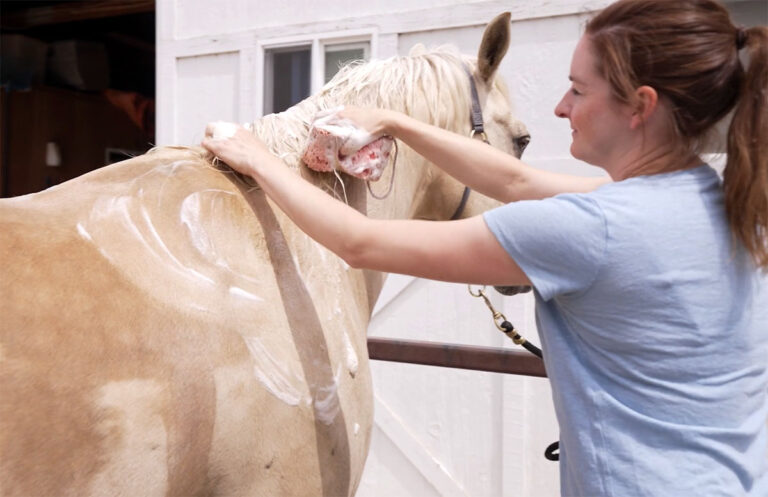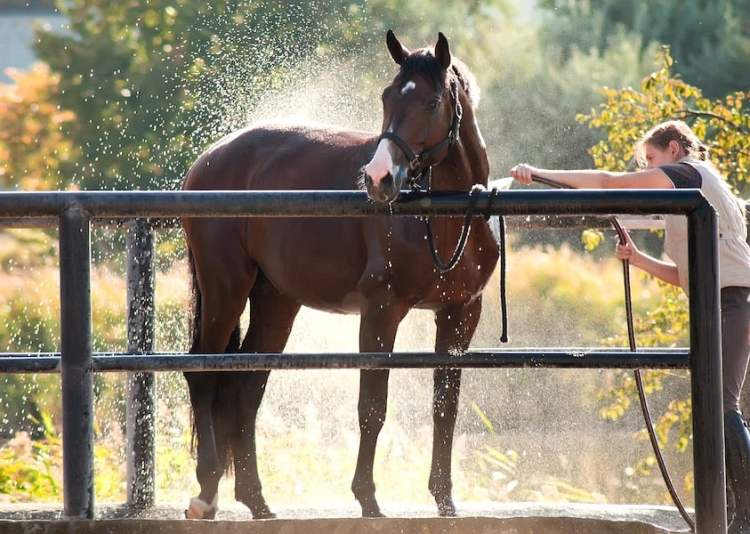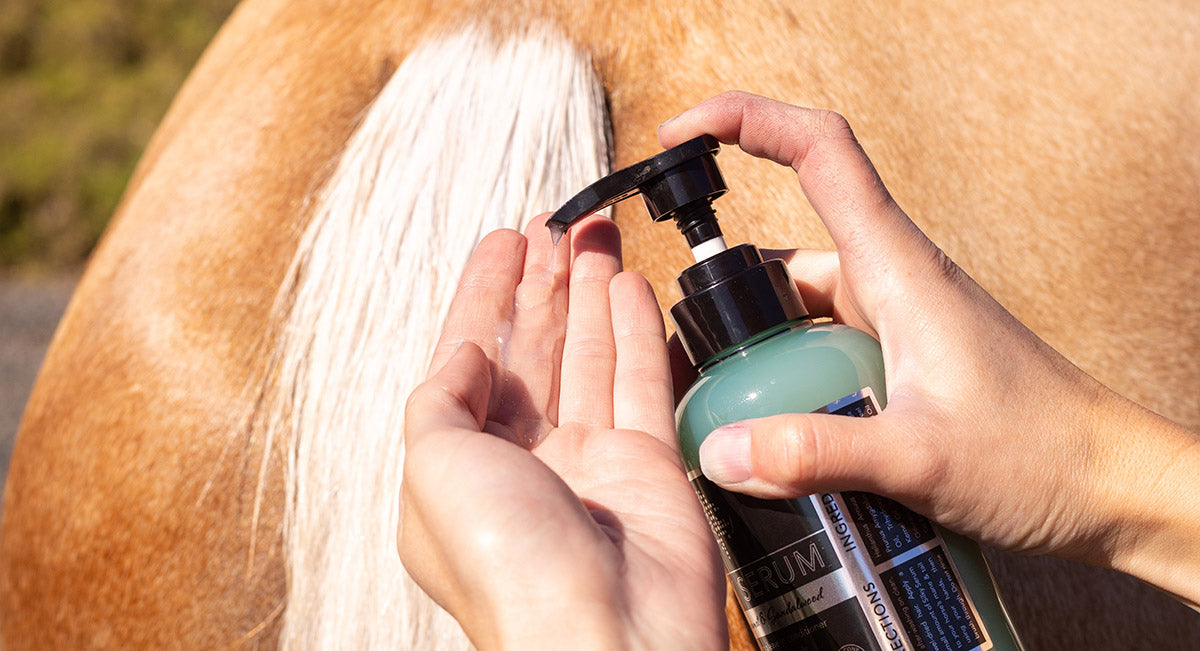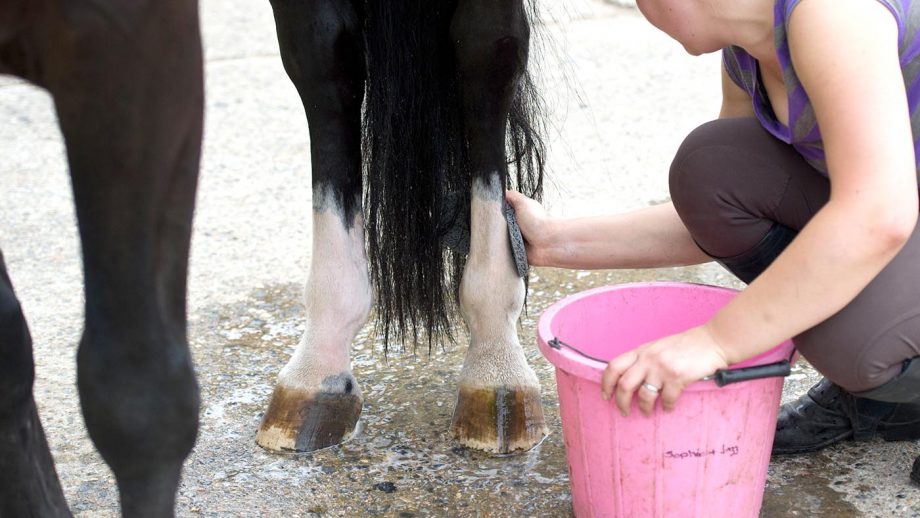Grooming forms an essential part of horse care, and knowing how to pull horse mane efficiently is a skill treasured among horse enthusiasts. Proper mane care not only enhances your horse’s appearance but also its comfort. In this guide, we’ll delve into the details of this grooming task, ensuring you are equipped with all the knowledge you need.

Understanding the Importance of Mane Pulling
Before we delve into the process of mane pulling, it is vital to understand why it is necessary. A well-maintained mane can prevent tangling and make it easier to ride and manage your horse. It is also an opportunity for bonding during maintenance. Moreover, pulling the mane reduces its thickness, aiding in cooling and coat ventilation.
The Anatomy of a Horse’s Mane
The mane grows along the top of the horse’s neck and consists of coarse hair varieties in different thicknesses. Some breeds are known for thicker manes, while others may have naturally thinner ones. Understanding your horse’s mane type is crucial for determining the best grooming methods.
Tools You Will Need
To effectively pull a horse’s mane, the right tools are essential. These include a pulling comb, a pair of thinning shears, and a halter or lead rope for control. Ensuring you have these tools ready will streamline the process and make it safer for both you and the horse.
The Steps in Pulling a Horse’s Mane
Now that we’ve discussed the preliminary details, let’s walk through the actual process.
Step 1: Position and Preparation
The first step is to secure your horse properly. Keeping the horse calm and in a familiar environment can be beneficial. Use a halter or lead rope to keep it still. Begin by brushing the mane to remove any loose debris or knots.
Step 2: Sectioning the Mane
Start at the base of the mane near the withers, sectioning off manageable parts. Ensure that sections are even for consistency. This organization will make the pulling process easier and more uniform.
Step 3: Pulling Technique
Grip a section of hair near the root to avoid pain, using your pulling comb to wrap the hair around it, then firmly but gently pull downwards. This technique minimizes discomfort for the horse.
Mistakes to Avoid When Pulling a Mane
Common errors include pulling too much hair at once or using dull tools, both of which can harm your horse. Proper technique and patience are key to prevent painful experiences for your horse.
Why Over-Pulling is Harmful
Over-pulling can lead to thin, uneven manes which are not only unattractive but can also lead to skin issues due to exposed areas. Always pull minimally and assess as you progress.
Maintaining the Pulled Mane
Once the mane is pulled to the desired length and thickness, ongoing maintenance is essential. Regular brushing and minor trims can help maintain the desired length and keep the mane manageable.
Using Products for Mane Care
Various products such as detangling sprays and leave-in conditioners can help in maintaining the mane. These products also add a healthy sheen and protect against damage.
Alternatives to Mane Pulling
If you prefer not to pull the mane or are new to the process, alternatives like trimming or using thinning shears can offer similar results. These methods should be approached with care to avoid unevenness.
The Role of Natural Growth Patterns
Allowing the mane to grow naturally without interference can lead to thicker, healthier manes. This may be preferable for certain breed standards or personal aesthetics.
Using the Right Products for Mane and Tail Care
Using tail combs and conditioners reinforces the health of the mane and tail, preventing breakage and promoting growth.
Different breeds and individual horses may require unique grooming. Resources such as bond with your horse effectively can provide insights into specific grooming needs.
FAQ Section
Q1: How often should I pull my horse’s mane?
A1: It depends on the rate of growth, but typically every 3-4 weeks can be effective for maintenance.
Q2: Does mane pulling hurt the horse?
A2: When done correctly, it should cause minimal discomfort. Always be gentle and mindful of the horse’s reactions.
Q3: What are the alternatives if my horse dislikes mane pulling?
A3: Using thinning shears or simply trimming the mane are viable alternatives.
For more tips on equestrian practices, check out essential riding gear that complements your grooming routine. Additionally, visit maintain your riding gear to ensure your equipment lasts.

Conclusion
Mastering how to pull horse mane is an art that enhances your horse care skills. By following these steps and remaining patient and observant, you can ensure a positive experience for both you and your horse. Remember, every horse is different, so adapting your methods to ensure comfort and efficiency is key.







